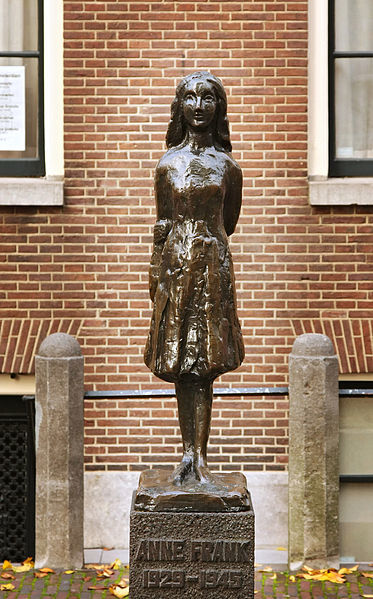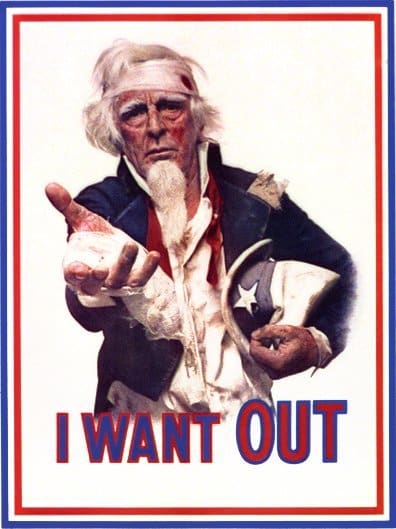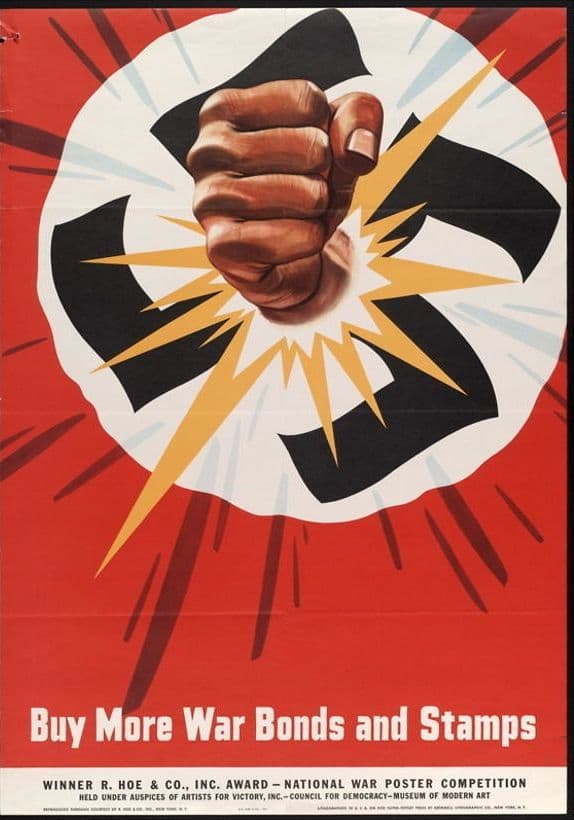For my DBQ, I chose the topic of Anne Frank. Her story has reached so many people, young and old. In my opinion, it is a story of youth, resilience, and re-imagining the world for the better. I think that I chose this because I was curious to see how the diary could be used as a primary source material in place of a piece of literature. I look forward to adapting it for a lesson.
It became difficult to find corresponding images for her diary entries that gave students enough information to consider the questions. I found that attaching some sort of outside historical source would perhaps be more helpful. I look forward to finishing our iBook.
One of things that I learned while creating this DBQ is making sure the purpose for students is clearly defined. There are times when we teach that that bright light shines down from above to us teachers in the middle of a lesson and, suddenly, we get a marvelous idea. Then, there are times that we kick ourselves for not planning or reflecting more before the lesson takes place. Knowing your purpose ahead of time may lead to more marvelous ideas; therefore, more fun and excitement for students while learning.
This DBQ is intended for students to be able to use this set of images, concepts, and questions in addition to a Holocaust study or, perhaps, a The Diary of a Young Girl: Anne Frank. It should be used as a supplement resource to any social studies classroom.
This DBQ is part of our class-produced multi-touch iBook. Available free at iTunes.
Image Source




